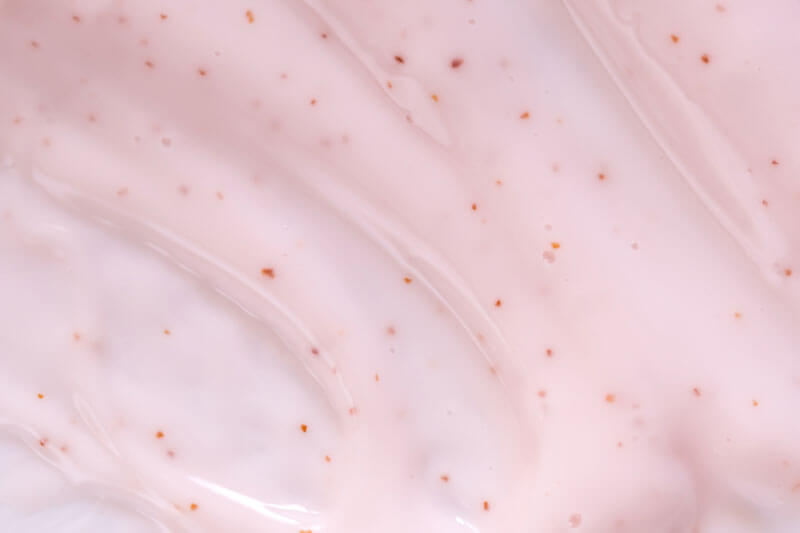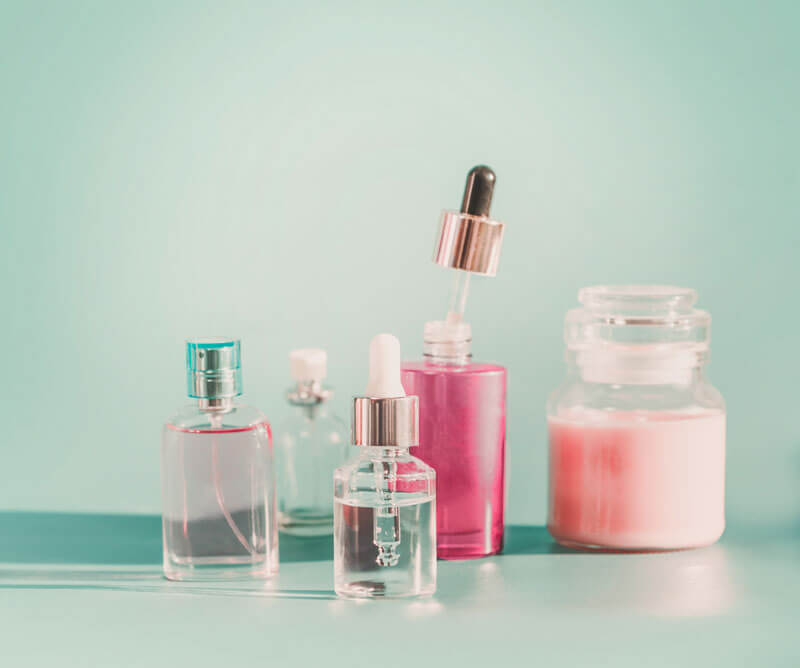Sometimes it seems as though there’s a battle raging within the skincare world about best practices for your skin. Do this — don’t do this. Use mechanical exfoliation. Actually, hold on. Use chemical exfoliation maybe? Be sure to always do that — no, wait, don’t ever do that. When it comes to best practices for taking care of your skin, how can you know what is right from wrong?
Take exfoliation, for example. You have your choice between mechanical (physical) exfoliation and chemical exfoliation. You hear positives and negatives about each, so how do you decide what is right for you? Let’s take a closer look at each.
Why Exfoliate?
Your skin is alive. It’s a living, functioning organ. It’s actually the largest organ you have. As it goes through its chore of protecting you, it undergoes a natural cellular turnover process. There are new skin cells continuously generated in the dermis. As they are created, they push the older cells up towards the surface. These older cells slowly die off. They’re gradually shed, making way for the next wave.
The process is effective until we start to age. Then the whole process slows down and older cells tend to cling on longer, taking more time to slough off. This leaves your skin looking dry and rough. Problematically, the debris and cells can block your pores, leading to breakouts and blemishes.
The act of exfoliation is a means to remove all the built-up dead skin cells and plug-mucus (sure, it’s a scientific term) from the surface of your skin, making way for a fresh start for the healthy cells underneath. If left alone, that layer of clingy dead skin cells can leave your skin looking dull, dry, and flaky. When done properly, exfoliating leaves your skin looking younger and more vibrant. In addition, exfoliating regularly can help ensure that your topical skincare products like serums and acne treatments are able to penetrate the skin more effectively.
There are two main forms of helping your skin through this process: physical exfoliation (also known as mechanical), and chemical exfoliation.
Mechanical Exfoliation

Mechanical, or physical, exfoliation is just as it sounds: using a physical scrub to remove the layer of skin cells and debris. You’re literally scrubbing or scraping away that useless, dead outer layer of cells with an abrasive substance. Some examples of this would be that micro-bead facial scrub you have in your cabinet, or going to a dermatologist for a session of microdermabrasion or dermaplaning.
If you’re choosing to go this route, you just need to pay attention to the ingredients and method you use. As you’re strolling through the isles of your local pharmacy, take a gander at the actual ingredients in the scrubs you are eyeballing. Scrubs can work, but they can be fairly harsh on your skin. You need to make sure that the exfoliating agents aren’t too large. Larger, sharper ingredients tend to cause micro-tears; tiny little grooves and tears in your skin, actually causing a rough appearance on a microscopic level.
It’s like an instant gratification thing – you get that immediate smooth glow on your freshly scrubbed face. Too much scrubbing, especially with the added pumice, can leave your skin irritated and raw. That means it’s more susceptible to infection. All in all, scrubs tend to not be as effective or as gentle as chemical exfoliation.
Microdermabrasion or dermaplaning are also physical forms of exfoliation, but done at the hands of a licensed professional.
Chemical Exfoliation

This process is exactly as it sounds – using chemicals to remove the dead skin cells by aiding cellular turnover. If you’ve ever had one of the popular chemical peels, then you’ve experienced this process up close and personal. Chemical exfoliators can be cleansers, toners, or serums and are made up of acids. Don’t let that scare you, though! They are gentle acids, typically included in low doses.
A good, general maintenance type of ingredient, especially ideal for dry skin, are alpha hydroxy acids (AHAs). They’re derived from natural substances and are great at separating the dead skin cells, allowing them to break up and slough off easier, but they don’t penetrate very deeply into the pores. That’s because they’re water soluble. They’re especially great if you’re concerned about sun damage, uneven texture, and pigmentation. These include lactic acid and glycolic acids.
In contrast, beta hydroxy acids (BHAs) are actually oil-soluble, allowing them to penetrate deeper into your skin. They’re ideal for acne-prone, oily skin because not only can they reach deep down into your skin, but they also have great anti-inflammatory and antibacterial properties. They include salicylic acid.
When used together, you get a good, overall effect. BHAs can break down the bonds in between the cells, and the AHAs can assist those cells in detaching.
Plant enzymes can also be effective exfoliators. Papain from papaya and Bromelian from pineapple are commonly used. These can often be better for more sensitive skin.
Bottom Line
It really comes down to you. The best kind of exfoliation for you will depend on your skin type, your preferences, and the rest of your routine. I personally prefer chemical exfoliators, using a once-per-week AHA/BHA peel like [easyazon_link identifier=”B00EFYG5VU” locale=”US” tag=”cosmeticswiki-20″]Dr. Dennis Gross Alpha Beta Peel Pads[/easyazon_link]. When I was pregnant and my skin was more sensitive, I preferred a more gentle bromelain-based treatment, like [easyazon_link identifier=”B002M3NV2C” locale=”US” tag=”cosmeticswiki-20″]Kate Somerville ExfoliKate[/easyazon_link].

